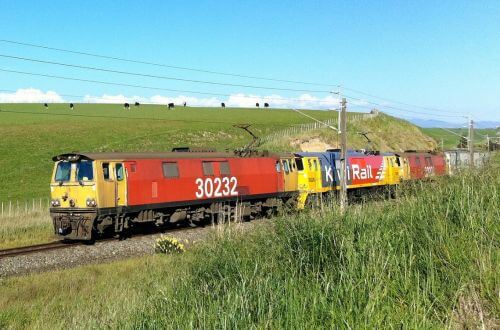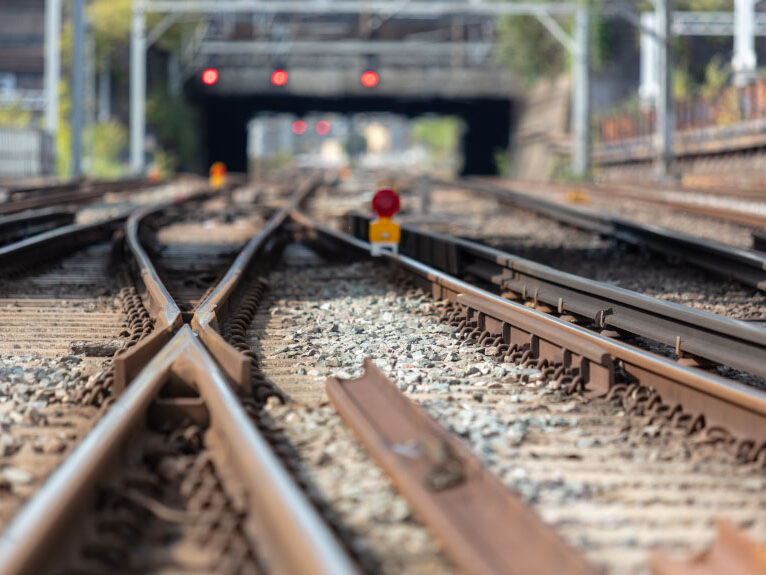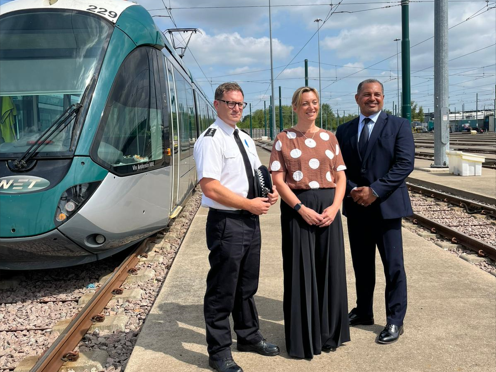KiwiRail will improve its reliability and efficiency for customers by employing an all-diesel fleet on the North Island Main Trunk line, KiwiRail Chief Executive Peter Reidy says.
The small fleet of almost 30 year old electric trains that currently operate only between Hamilton and Palmerston North will be phased out over the next two years and replaced with diesel locomotives. The decision allows for the electric infrastructure on the line to remain in place and be maintained to a safe standard for any future use.

The North Island Main Trunk (NIMT) runs from Auckland to Wellington but is electrified only between Hamilton and Palmerston North. Mr Reidy says KiwiRail is essentially running “a railway within a railway” by having the electric section.
“Imagine having to change planes at Hamilton and again at Palmerston North, just to fly from Auckland to Wellington. That’s not efficient, it’s more costly and ultimately delivers a less reliable service.
“The doubling up of service facilities, inventory, training and maintenance required with two separate systems on the line adds to the inefficiencies and unreliability”
The decision took more than two years to make and included extensive consultation with international experts, unions and other consultants.
KiwiRail investigated four main options: replace the electric fleet with used or new electric trains; upgrade the current electric fleet or replace them with diesel trains as used on the rest of KiwiRail’s network.
The 16 electric trains were breaking down on average every 30,000 kms (rolling average) which is well below the fleet target of every 50,000 km. “Doing nothing was not an option,” says Mr Reidy.
Only eight diesel trains need to be purchased as other existing diesel trains can be used more efficiently to cover the work of the electric trains.
Efficiency was not the only factor involved in the decision – environmental factors were assessed alongside the driving factors of reliability and performance improvement for customers.
Mr Reidy added:
“This is an important move for New Zealand as without a reliable and efficient service, our customers will not move freight on rail and every tonne of freight moved by rail delivers a 66% reduction in carbon emissions from road. That’s critical for our customers, and for the country.”
“Our preference is always to redeploy our people where possible and the project will take up to two years to implement.”
The decision to choose the diesel option wasn’t made lightly or hastily, says Mr Reidy:
“We looked long and hard at the electric options and for our business, and most importantly our customers, they just did not stack up.
“Ultimately the high costs of a new or refurbished electric fleet couldn’t be justified, while the gains to be made from standardising our fleet were very compelling.”
The cost of electrifying the whole NIMT is estimated at more than $1 billion for the infrastructure alone and feeder lines would still require diesel trains.
For the original article, please click here.



















